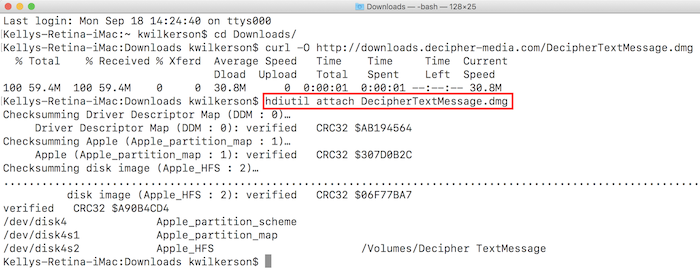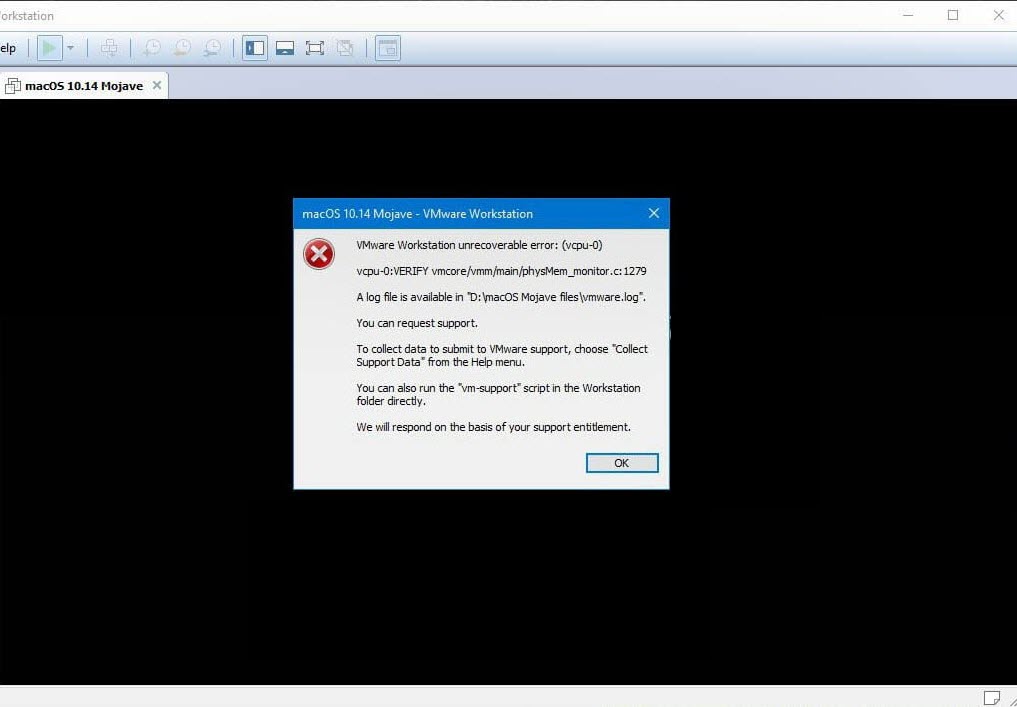Mac Verifying Dmg Error

I then used the 'update mac osx' option and in this case the installer attempts to download the InstallEDS.dmg from the apple servers, and the same thing happens, can't verify package! I'm beginning to think it must be my motherboard, just by a process of elimination.(ie not software, not target disk, not usb stick)???
After successfully install GIMP and LibreOffice on my new Mac Mini Late 2012 running Yosemite, I have problems to launch them. GIMP is very slow to open while LibreOffice stuck on verifying forever.
I follow suggestions on 2.8.2 very slow to launch on OS X 10.6.8 on GIMP on OS X suggest to turn off network. It does help to speed up GIMP but LibreOffice.
After reinstall them several times, it seems you have to Allow applications downloaded from “Anywhere” in Security & Privacy for first-time launch. No need to disable network. Fix the “App can’t be opened because it is from an unidentified developer” Error in Mac OS X on OSX Daily provides a step-by-step instruction.
After launching successfully, you may switch back to “Mac App Store and identified developers” to keep you safe. They will be fine.
I think it is related to the Verifying process in Yosemite which stops opening GIMP and LibreOffice.
Update on 2017/5/17
On macOS Sierra, right click on the installer and choose [Open With] → [Installer (default)]. A dialog with [open] button will be launch. Now you may bypass Gatekeeper.
These applications can’t be opened because they are from an unidentified developer. But even choose to ignore warning, I still cannot launch them. Sometimes, they just stuck on verifying without any warning dialog. It is very confusing.
Moving from OpenSuSE to Yosemite is not that easy to me. Seems there are lots to learn on Mac way.
With quite 89 million users—consumers, scientists, animators, developers, and system administrators—OS X is the most generally used UNIX® desktop OS. In addition, OS X is that the only UNIX environment that natively runs Microsoft Office, Adobe Photoshop, and thousands of other consumer applications—all side by side with traditional command-line UNIX applications. Tight integration with hardware— from the sleek MacBook to the powerful Mac Pro—makes OS X the platform of choice for an emerging generation of power users.
Working framework X El Capitan is as of now open for straightforward download and at present, this new change is known to all. This advantageous downloading opportunity is at present by and large grabbed excitedly by the submitted Mac owners as they can acknowledge benefits with the latest type of OS X presented. Besides Mac, OS X EL Captain also offers unexpected yet shocking points of interest over PC. At any rate, presenting MAC OS X on non-Apple gear is to some degree repetitive and snared.
You would be happy to understand that, this latest development is permitted to all. Its current open interpretation is exclusively planned to meet private net surfing issues viably.
Right when you are proposing to run Mac OS X 10.11 EL Capitan on VirtualBox and that too on windows, it will butcher a limited quantity of your extra essentialness yet when done it is awesome.
Also Read:-How to Install macOS High Sierra on Virtualbox
Overview of Mac OS X El Capitan on Virtualbox on Windows
The power technologies in OS X El Capitan were built with the capabilities of recent processors and therefore the demands of recent apps in mind. The new power technologies work together to realize substantial power savings while maintaining—and in some cases even improving—the responsiveness and performance of your Mac.
These technologies are rooted during a few key principles:
- Just work for existing apps. No changes to applications should be needed, though small changes may facilitate additional power savings.
- Keep as many processor cores idle as possible given the demand for CPU.
- When on battery power, only work that the user is requesting or that’s absolutely essential.
USB Power Management
Traditionally, USB device power management is completed manually, with a function driver making explicit suspend or resume calls on a USB device service. This is often error-prone and leads to overly complex driver code to manage the power state.
macOS Sierra. OS X El Capitan. Best vnc client for mac.
USB in OS X El Capitan has been completely implemented to profit from an equivalent USB architecture and aggressive power management policy adopted by iOS. Each endpoint in a device is often given an idle timeout in milliseconds, and an endpoint is taken into account idle if a lively transfer hasn’t completed within that timeout. The device has an idle state also, which may be a logical AND of the idle state for the endpoints related to the device. Only the device idle timeout expires does the OS pause I/O on the bus and electrically suspend the device at the port.
The idling system is a crucial advance because drivers don’t have to actively participate in power state transitions.
System Integrity Protection
System Integrity Protection may be a policy introduced in OS X El Capitan to assist prevent malicious software from performing harmful actions on your Mac. System Integrity Protection prevents software from modifying files and folders owned by the system, albeit the software is run because of the administrator or with root privileges.
Examples of paths within the filing system that are protected include the following:
- System folder
- /bin/
- /sbin/
- /usr/ (with the exception of /usr/local/)
In addition, System Integrity Protection prevents modification of applications and utilities that are installed with OS X and prevents changes to your boot volume without your data.
Data Compression
Four different compression algorithms are supported, giving developers a choice between speed, compression rations, and interoperability with non-Apple devices.
LZ4
LZ4 is a particularly high-performance compressor. OS X implements encoder support at level 6 only. It uses a dictionary compression scheme and features a high compression ratio and a variable compression dictionary size.
ZLIB
Zlib may be a lossless data compression library to be used on a spread of operating systems. OS X implements a ZLIB encoder at level 5, which provides an honest balance between compression speed and compression ratio.
Following are the installation along with the interfaces steps:

Mount Installer DMG record to macOS
- hdiutil interface/Applications/Install OS X El Capitan.app/Contents/SharedSupport/InstallESD.dmg – no verify – no browse – mount point/Volumes/Install
Make a DMG Disk
- hdiutil make – o/tmp/elcapitan – size 7900m – volname elcapitan – design SPUD – fs HFS+J # hdiutil affix/tmp/elcapitan.dmg – noverify – mountpoint/Volumes/elcapitan
Copy Installer to new Disk
- asr restore – source/volumes/Install/basesystem.dmg – target/Volumes/elcapitan – no prompt – no verify – erase
- # rm/Volumes/OS X Base System/System/Installation/Packages
Download Mac OS X El Capitan on Virtualbox on Windows
You can download the Mac OS X El Capitan on Virtualbox on Windows by accessing the link below. Also, make sure that you have enough back up before you proceed with the same. There are a lot of duplicate ISO images on the market and it is best to download the same from a trusted source.